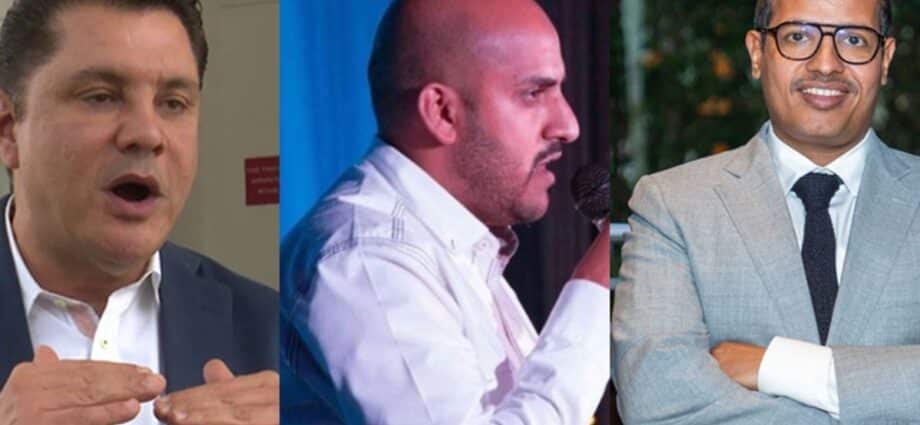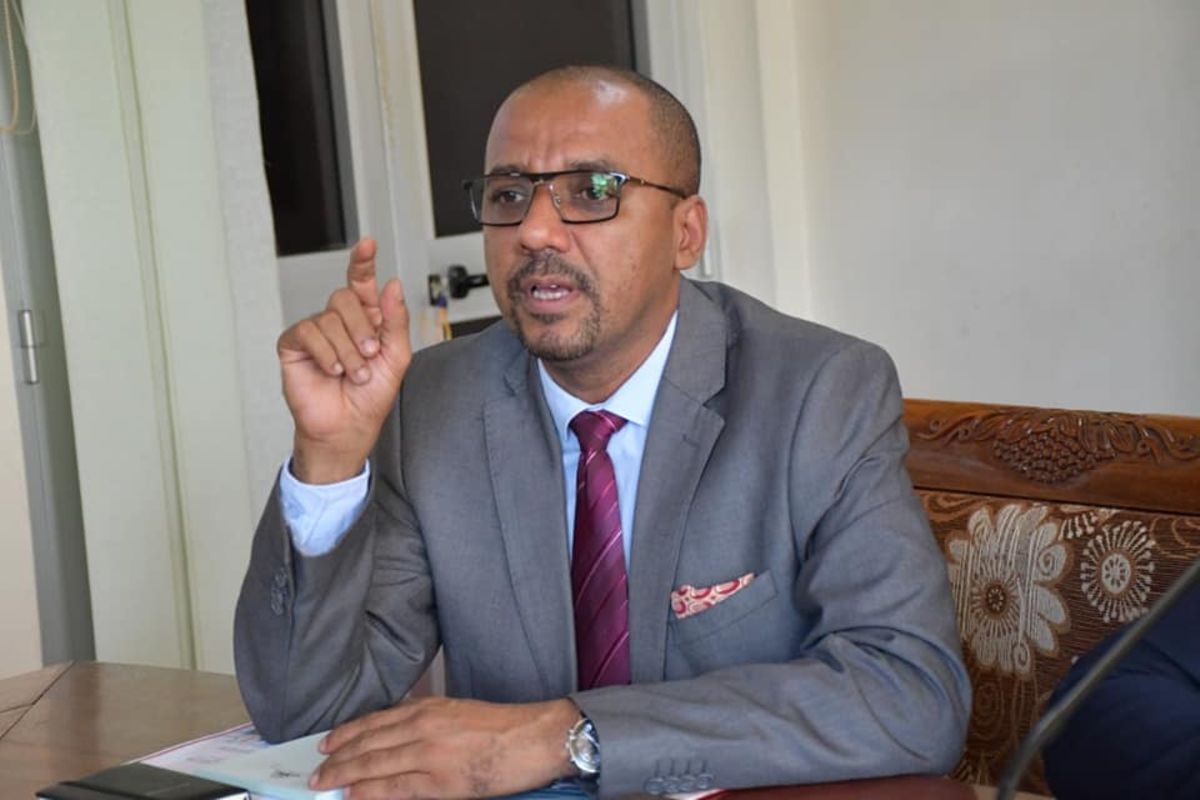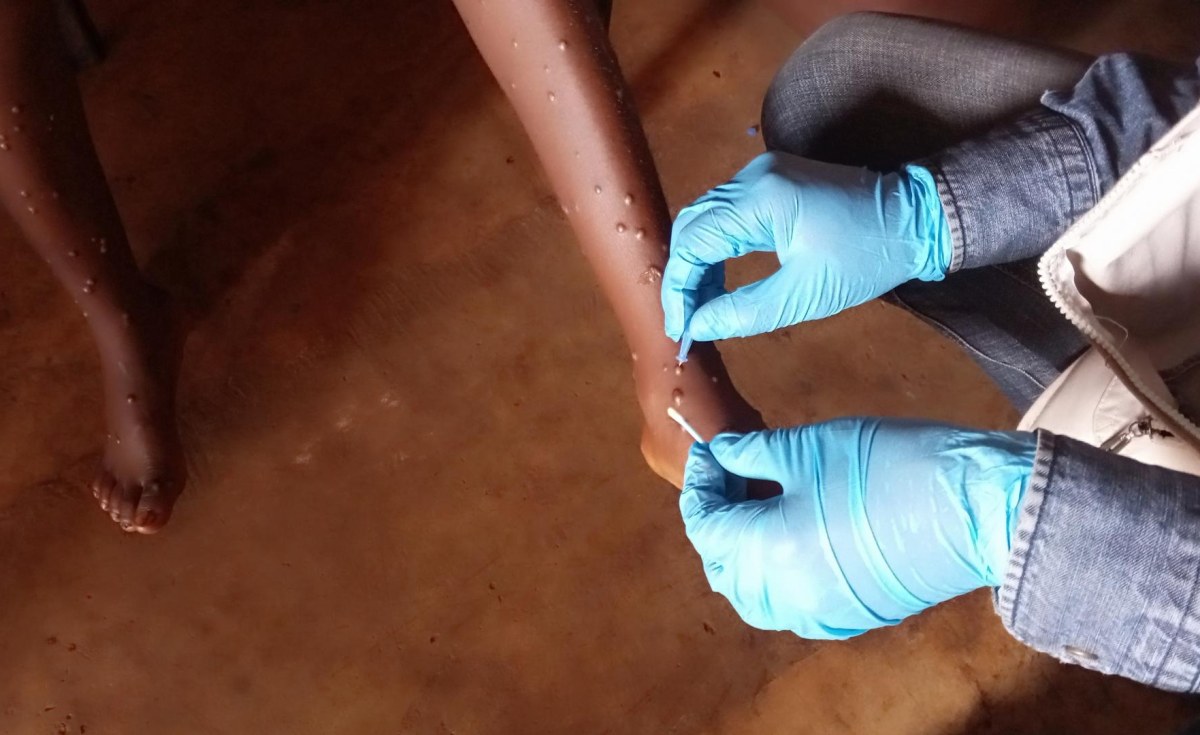
In deal making and investment flows, this is how transactions have gone, at least when it comes to East Africa.
A top Kenyan firm or tycoon with fat cheque jets into Tanzania to set shop or buy a struggling company as a strategic investor with an eye on gaining a larger share of the East African market.
The game is changing, and Tanzanian tycoons with briefcases bursting with cash are buying top Kenyan firms or establishing ventures in high-growth and capital-intensive sectors where they are challenging Kenyan billionaires.
They are being driven by the quest to expand beyond their home country and Kenya’s renewed openness to welcome Tanzanian investments after tit-for-tat spats between the neighbouring countries.
Leading the charge is Rostam Aziz, who made history in 2013 when Forbes recognised him as the first Tanzanian to achieve a billion-dollar (Sh130 billion) fortune.
Mr Aziz through his Taifa Gas is building a multibillion-shilling 30,000-tonne cooking gas plant and storage facilities at the Mombasa port worth Sh16.9 billion.
Before him, there was the wealthy Ally Awadh who is also building a similar, but smaller facility at 10,000 tonnes after quietly entering Kenya through the acquisition of fuel service stations of Hashi Energy.
He is doing the deals through his firm, Lake Oil Group—founded in 2006 and now grosses annual revenues in excess of Sh150 billion.
But the biggest statement from Tanzanian billionaires was the successful $180 million (Sh23 billion) purchase of Bamburi Cement by Amsons Group, owned by the family of tycoon Abdallah Nahdi.
The Tanzanian company already has a cement-manufacturing facility in the country, as well as a flour-milling plant, LPG business and a transportation fleet that operates across Zambia, Malawi, Mozambique, Democratic Republic of Congo and Burundi.
For Nahdi, Kenya was the missing part of the puzzle in its quest to conquer the East Africa market, with the Bamburi deal being one of the largest in history of the Nairobi Securities Exchange (NSE).
This is the kind of strategy that Kenyan top firms from KCB Bank to Kenya Airways and East Africa Cables, encouraged the East African Community (EAC) common market, which came into effect protocol in July 2010 that allows the free movement of goods, services, people and capital within the bloc.
Experts say a combination of factors including notable economic growth in the neighbouring countries, Kenya’s status as the East Africa region kingpin and government-friendly policies have attracted high-net-worth Tanzanian investors.
“Neighbouring economies in East Africa have grown relative to Kenya and now we have deep pockets in these countries and that they have money to invest in Kenya,” Dennis Wachira, who is part of the deal advisory department at KPMG says.
“The Kenya market is also the most lucrative and investors are keen to have a share of the pie.”
Tanzania has posted faster growth rates than Kenya in recent years, closing the economic gap between the two neighbouring countries.
The country has posted growth rates of over seven percent multiple times over the past three decades in a period that has seen Kenya post growths of five percent.
Kenya’s economy was more than double that of Tanzania 27 years ago, but the gap has narrowed to 45 percent.
International Monetary Fund (IMF) data shows that Kenya’s economic output, also known as gross domestic product (GDP), stood at $13.7 million in 1997 while that of the neighbour was $6.4 billion.
The fund places Kenya’s GDP at $116.3 billion and Tanzania’s at $79.9 billion.
This indicates that Kenya has expanded 8.4 times and the neighbouring nation has done 12.4 times.
Economic powerhouse
The shifts have sparked debate on whether Tanzania, with a larger population and bigger land mass than Kenya, could occupy the top perch in the region.
The historical position of Kenya as the economic powerhouse of the region has made it the core source of foreign direct investments (FDI) in the region among the East African nations.
A report by the Bank of Tanzania shows that Kenyan investors have accounted for the biggest share of FDI over the past few years.
“FDI inflows from the EAC region have been increasing since 2019 with the flows amounting to $49 million in 2022, and Kenya accounted for the majority (98 percent) of the inflows,” reads the report.
Improved fortunes
But Tanzania’s improved fortunes in recent years have seen a new crop of billionaires emerge as other wealthy people grow their clout.
One of them is Mr Awadh, 43, who made his first dollar million (Sh130 million) in the business of importing used clothes from Canada, popularly referred to as mitumba.
He started the business along with importing refurbished trucks from the UK in 2003 before getting into the petroleum business.
Today, his business, Lake Oil Group, has spread its wings into Zambia, DRC, Uganda, United Aram Emirates. Burundi and Rwanda, with Kenya joining the queue in 2017 with the purchase of Hashi Energy.
Besides gas stations, it has oil storage facilities across the region, manufactures lubes and ready-made concrete products as well as operating hundreds of tankers.
The firm is currently building a multibillion-shilling cooking gas handling facility in Mombasa, which will handle 10,000 tonnes of liquefied petroleum gas (LPG) and entrench Lake Oil’s presence in the Kenyan petroleum market
He will battle for this market with his compatriot and wealthy businessman, Mr Aziz, who made billions from stake sales in Vodacom Tanzania and has interests in mining, media and aviation.
Private companies have been angling to benefit from the growing use of cooking gas in Kenya in the absence of investments by the government via import and storage facilities.
The entry of the Aziz’s Taifa Gas and Lake Oil signals a vicious battle for control of the Kenyan cooking gas market that remains under the tight leash of Mombasa-based tycoon Mohamed Jaffer.
The Taifa Gas deal was part of a trade deal agreed upon by Kenya’s former President Uhuru Kenyatta and Tanzania’s Samia Suluhu in 2021.
The pact was meant to ease entry into Kenya for Tanzania’s wealthy businessmen.
Mr Aziz had in 2021 complained that Nairobi went mute on his 2017 enquiry to build an LPG plant, lamenting the barriers for Tanzanian entrepreneurs seeking a presence in Kenya.
Taifa Gas is the largest LPG supply company in Tanzania and has been feeding the Kenyan retail market via road.
Now, Mr Aziz is seeking a large share of Kenya’s LPG market.
It also sets the stage for a billionaires’ fight pitting Mr Jaffer and Mr Aziz that is first expected to cut the cost of handling and evacuating cooking gas from the ships to the mainland, allowing dealers to transfer the cost reliefs to consumers.
Just like Mr Jaffer, Mr Aziz has invested in building political networks that saw him serve as MP and treasurer of the Tanzanian ruling party — Chama Cha Mapinduzi (CCM).
Taifa Gas wants to build the 30,000-tonne Kenya facility at the Special Economic Zone in Dongo Kundu, near the port of Mombasa. It was earlier estimated to cost $130 million (Sh16.9 billion).
This will be right at Mr Jaffer’s doorstep, with his firm Africa Gas and Oil Ltd (AGOL) operating a multi-billion-shilling facility in the same area.
Mr Nahdi’s Amsons Group is also planning another battle with Kenya’s billionaire Narendra Raval Guru, who has the dominant share of the cement market through National Cement.
The Nahdi family’s conglomerate plans to invest $400 million (Sh52 billion) to modernise Bamburi Cement’s grinding and clinkerisation plants.
“We plan to be one of the largest cement manufacturers in Kenya and Tanzania by 2030,” Amsons Group CEO Edha Nahdi told Tanzania’s press.
“Bamburi is part of our corporate market expansion plan and will mark the formal entry of Amson’s Group into the Kenyan market, where we plan to make investments in other industries in the coming months.”
This signals its intention for Kenya’s flour, LPG and transport businesses.














